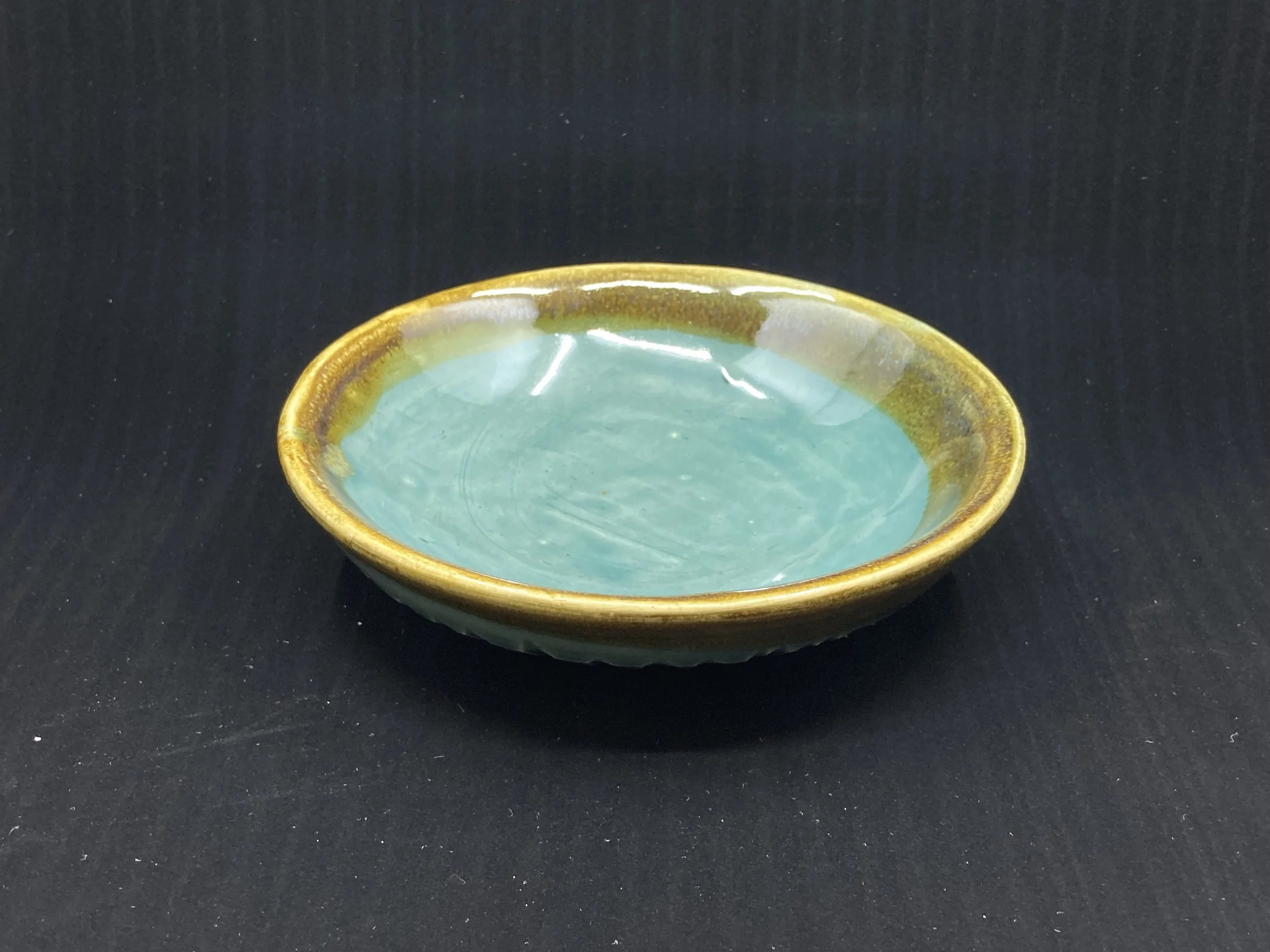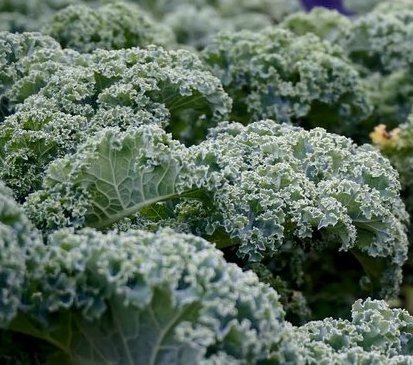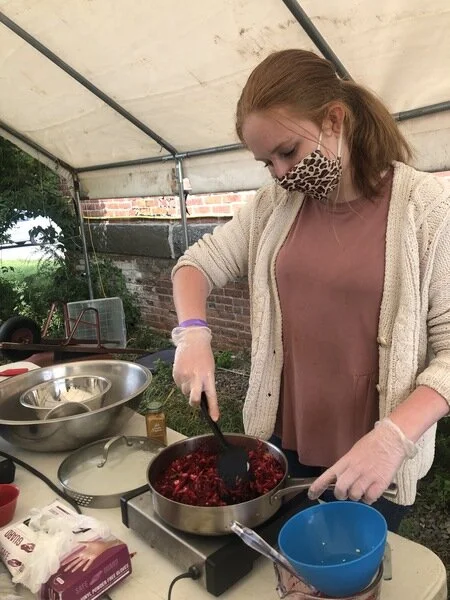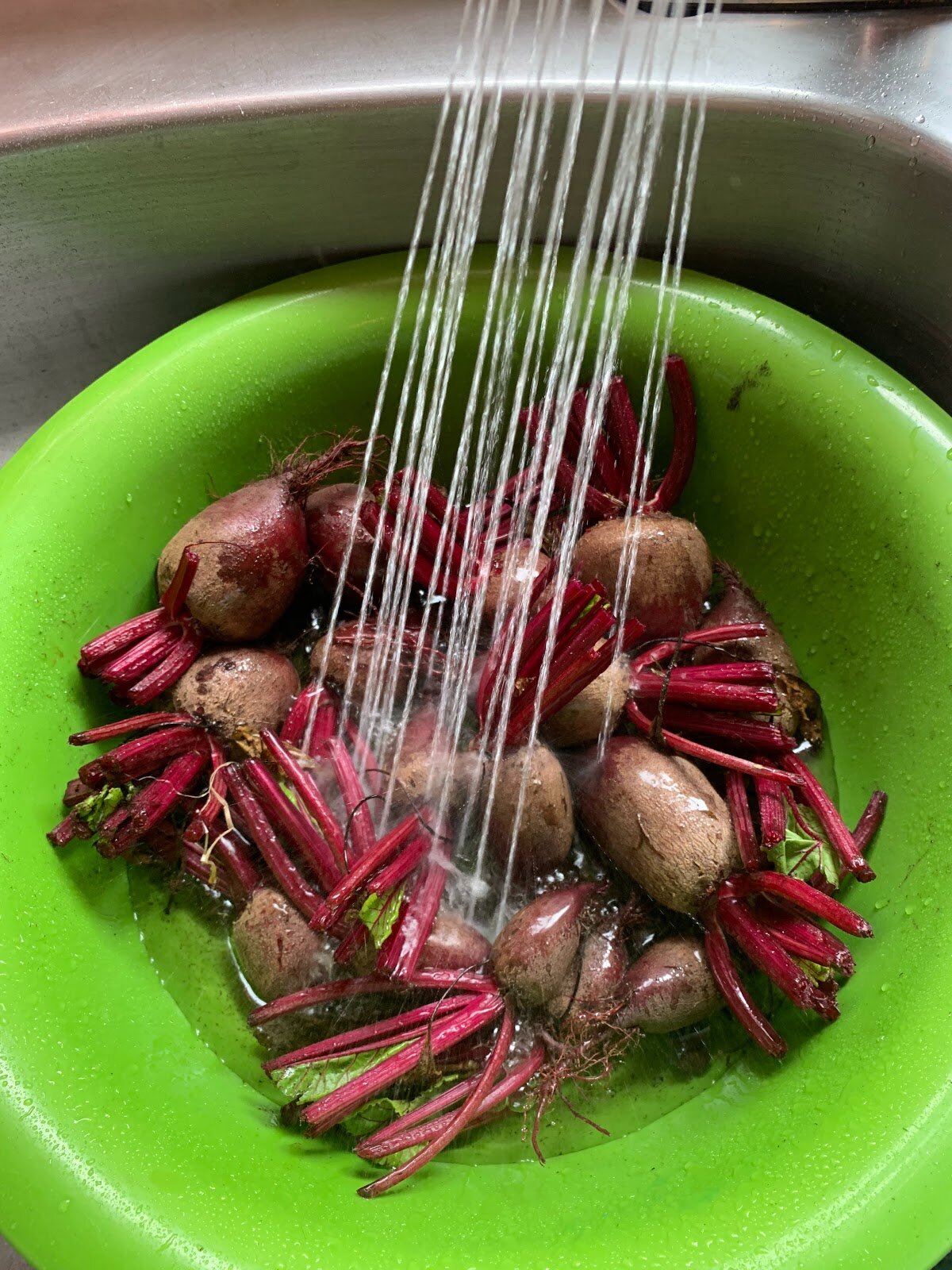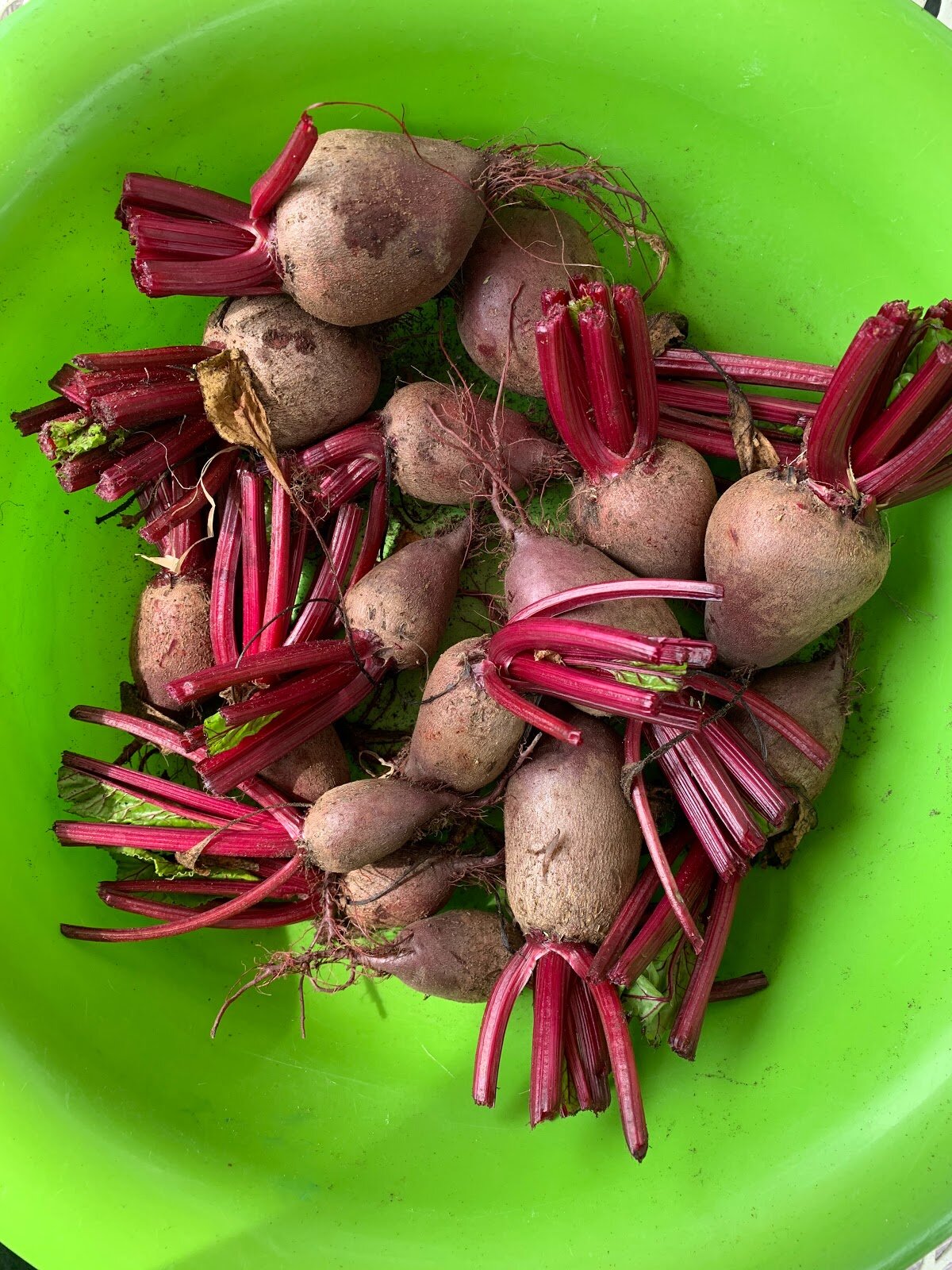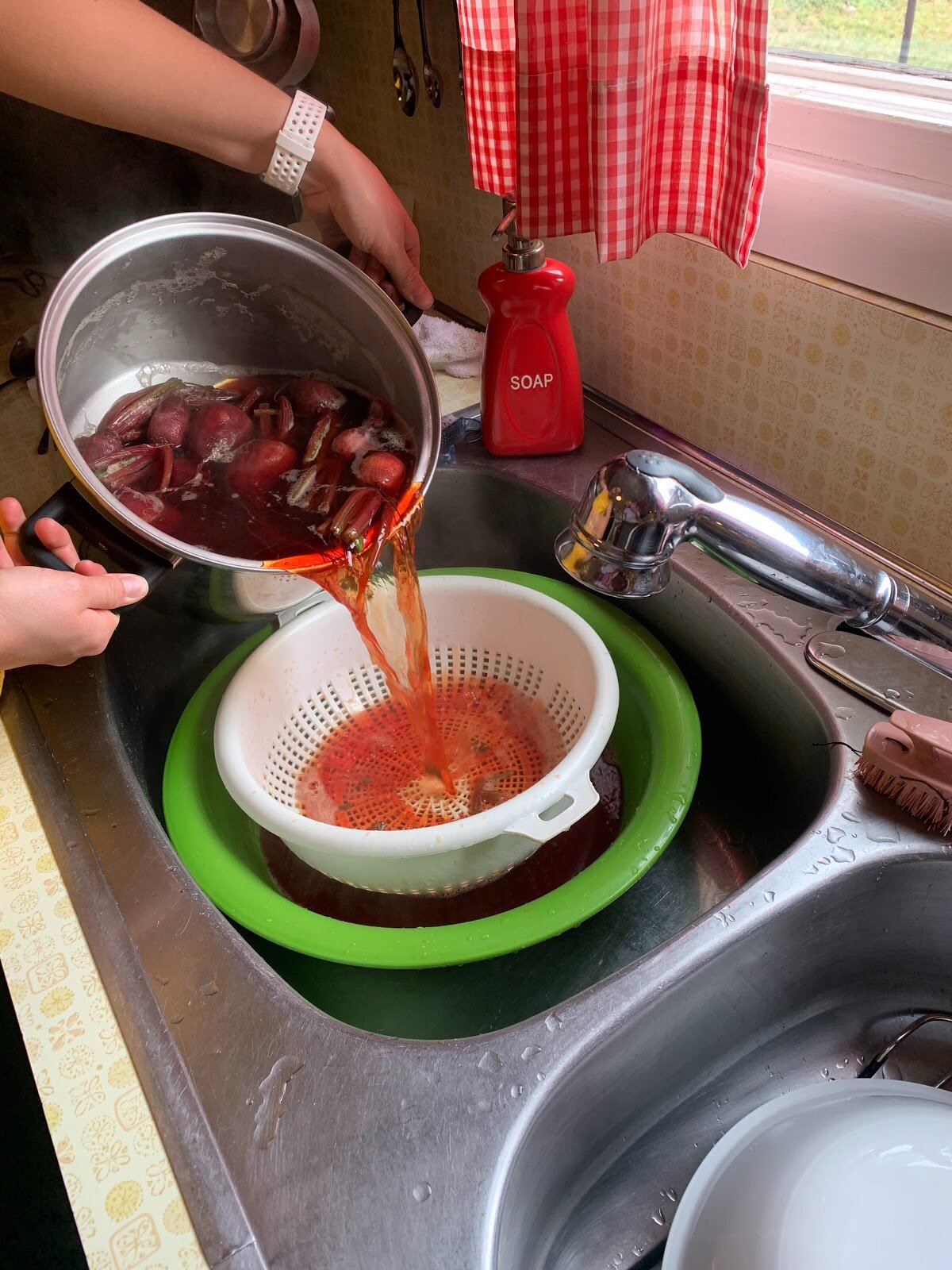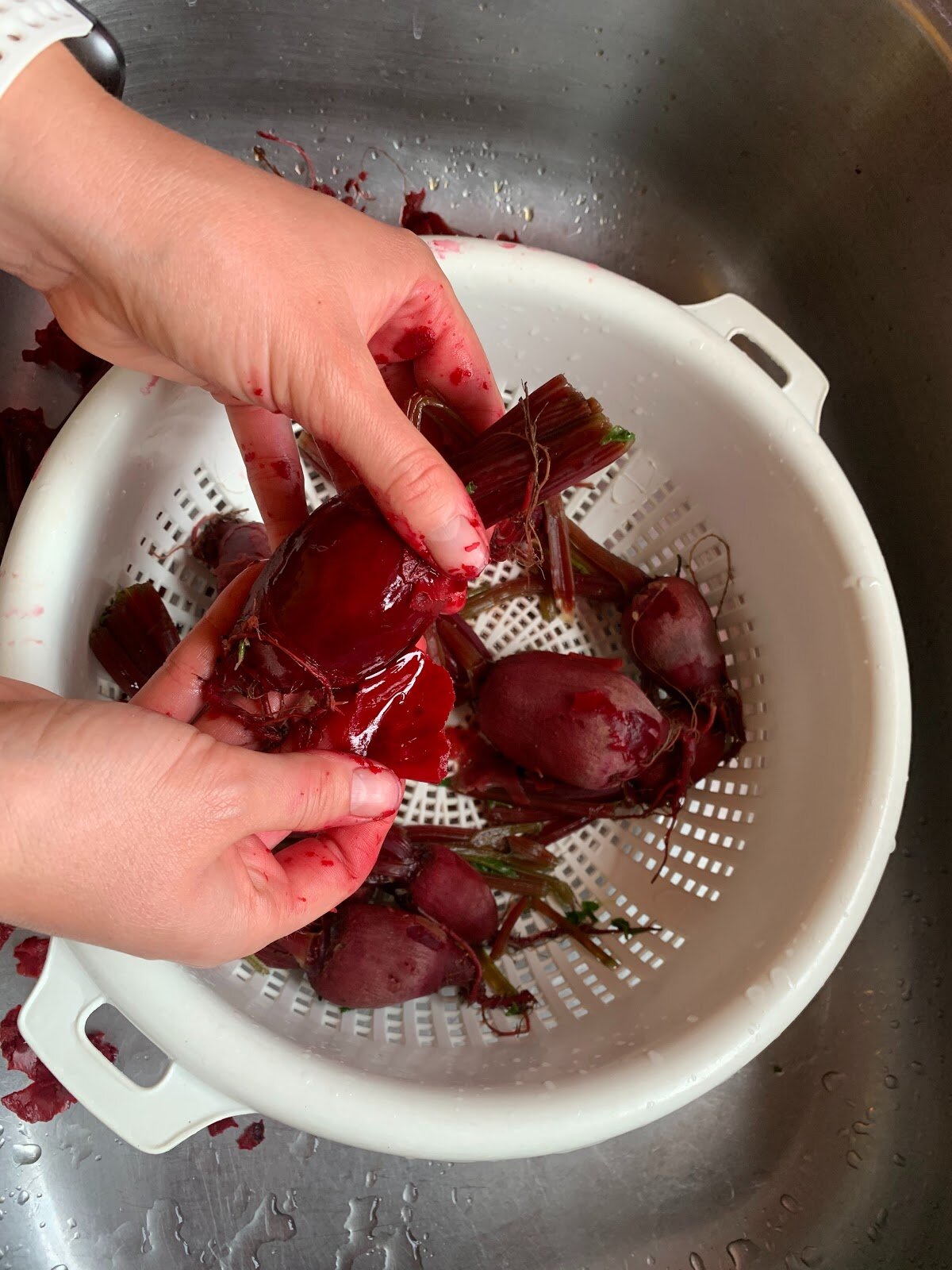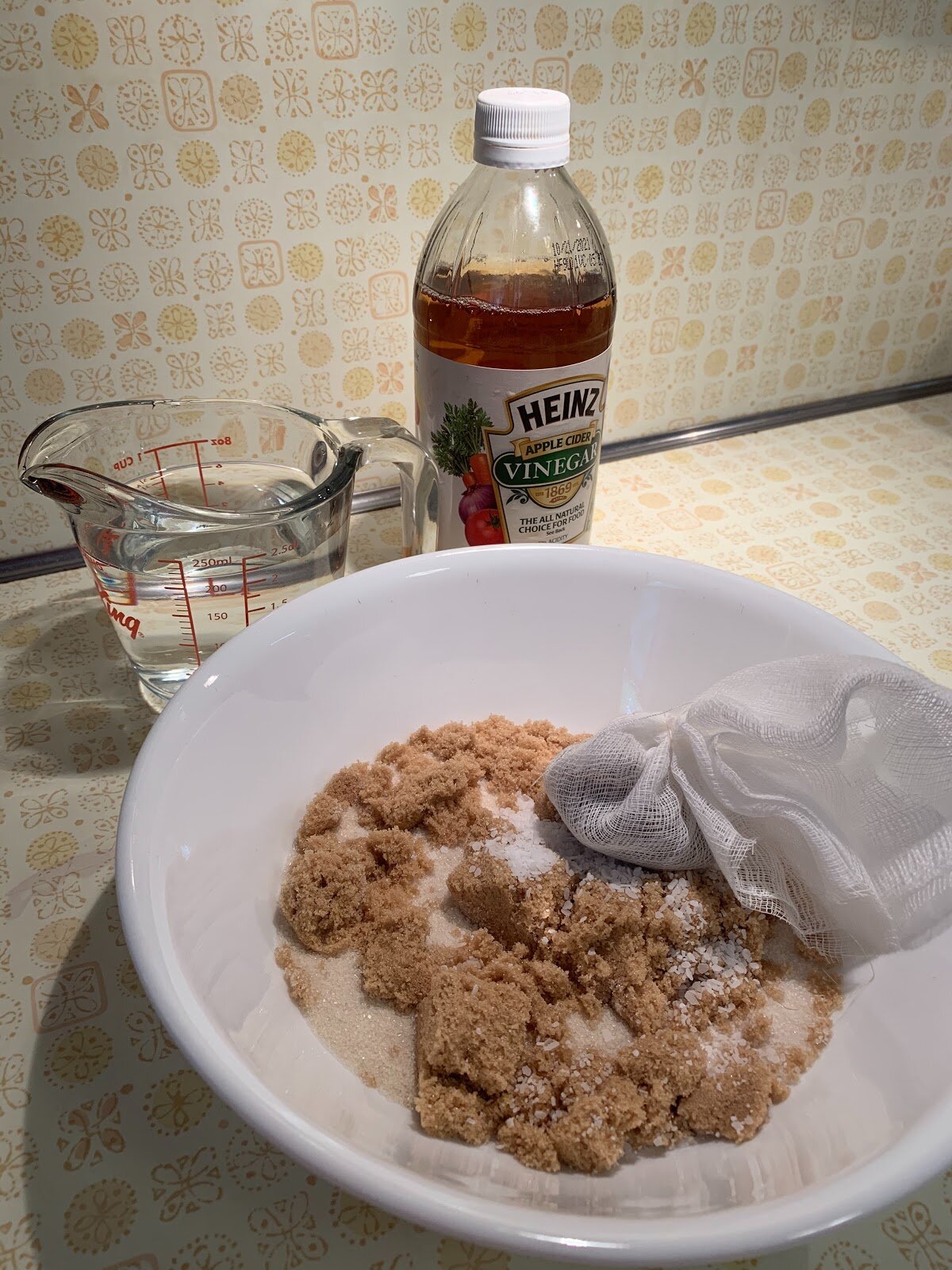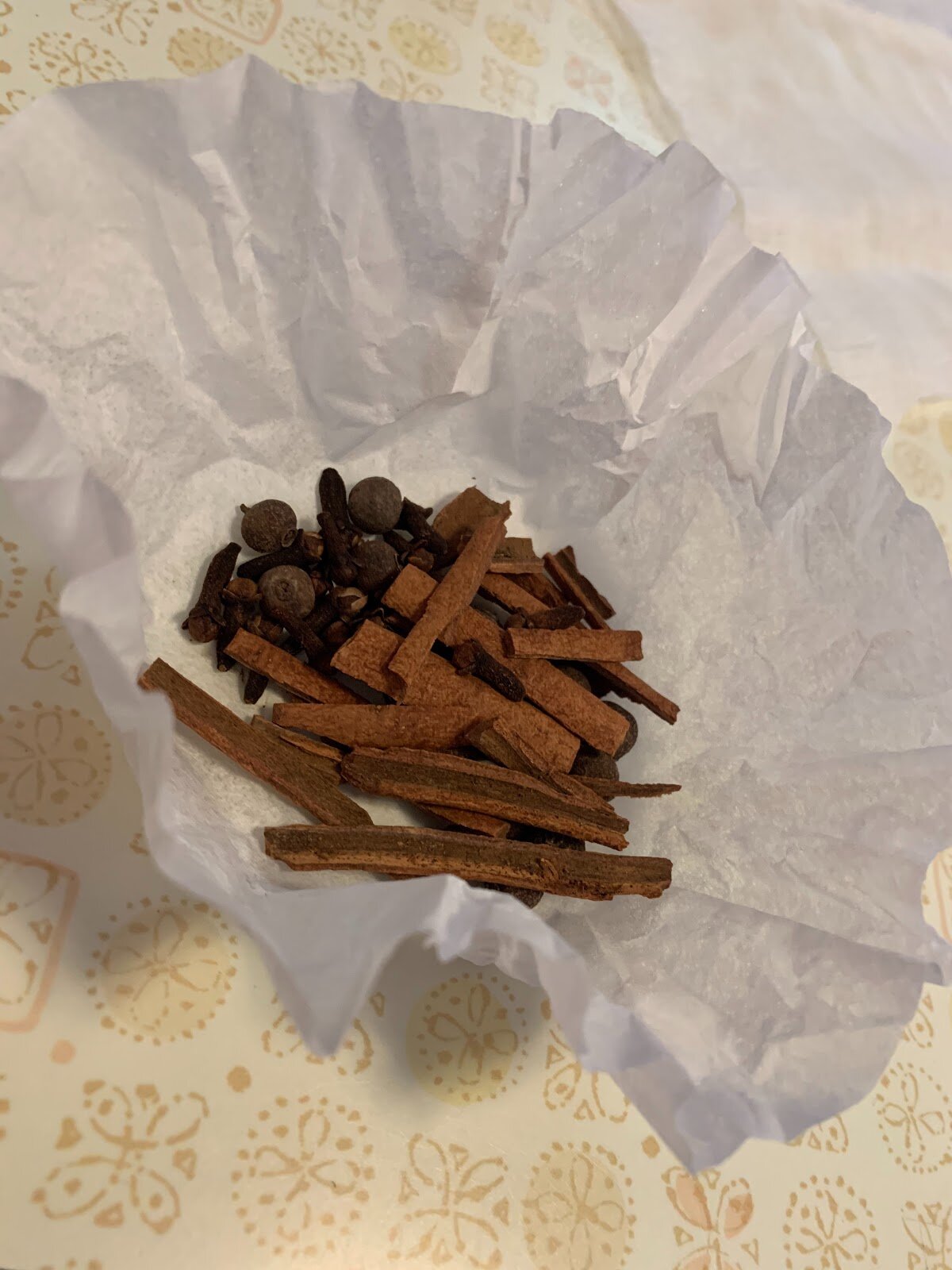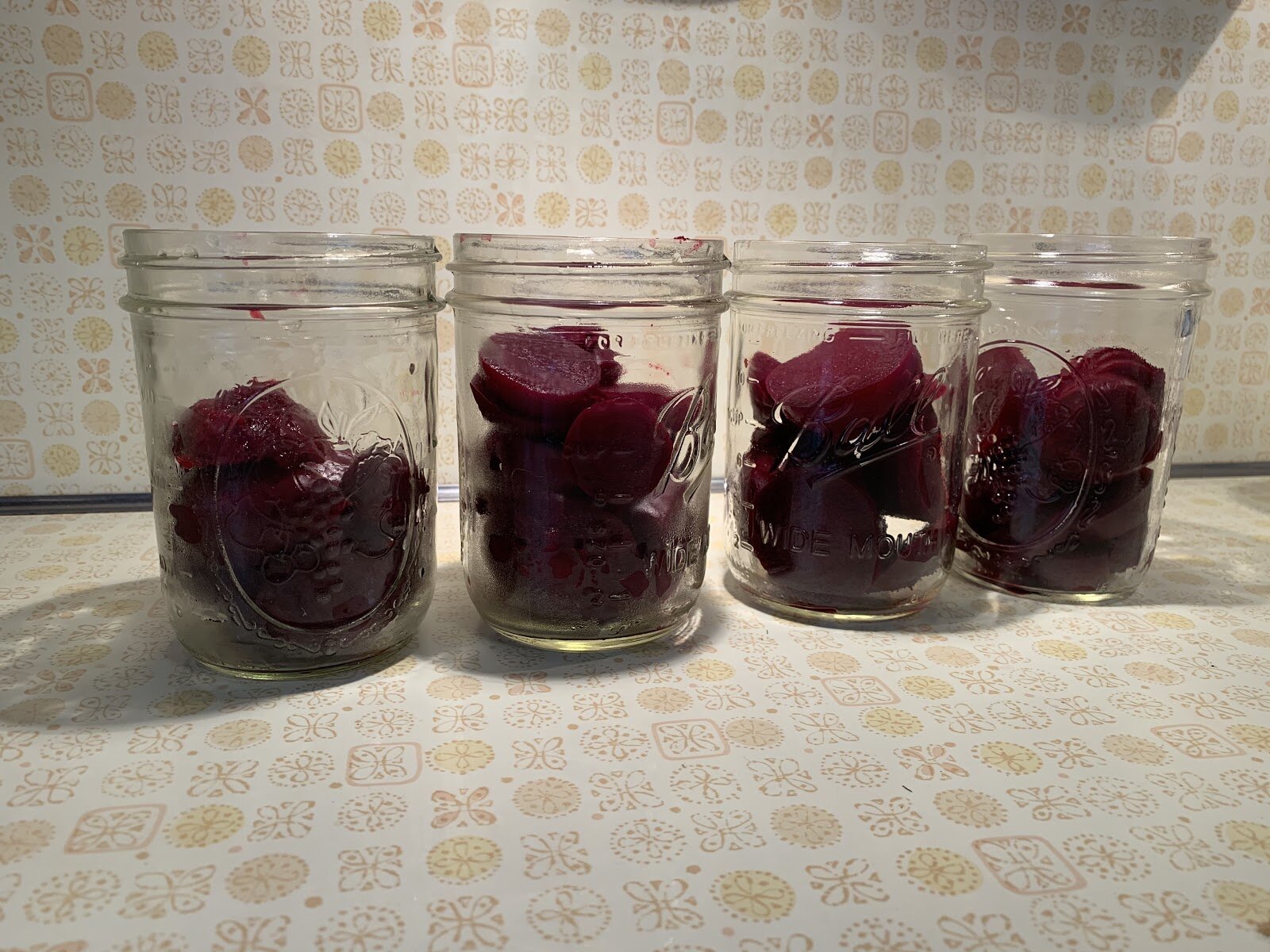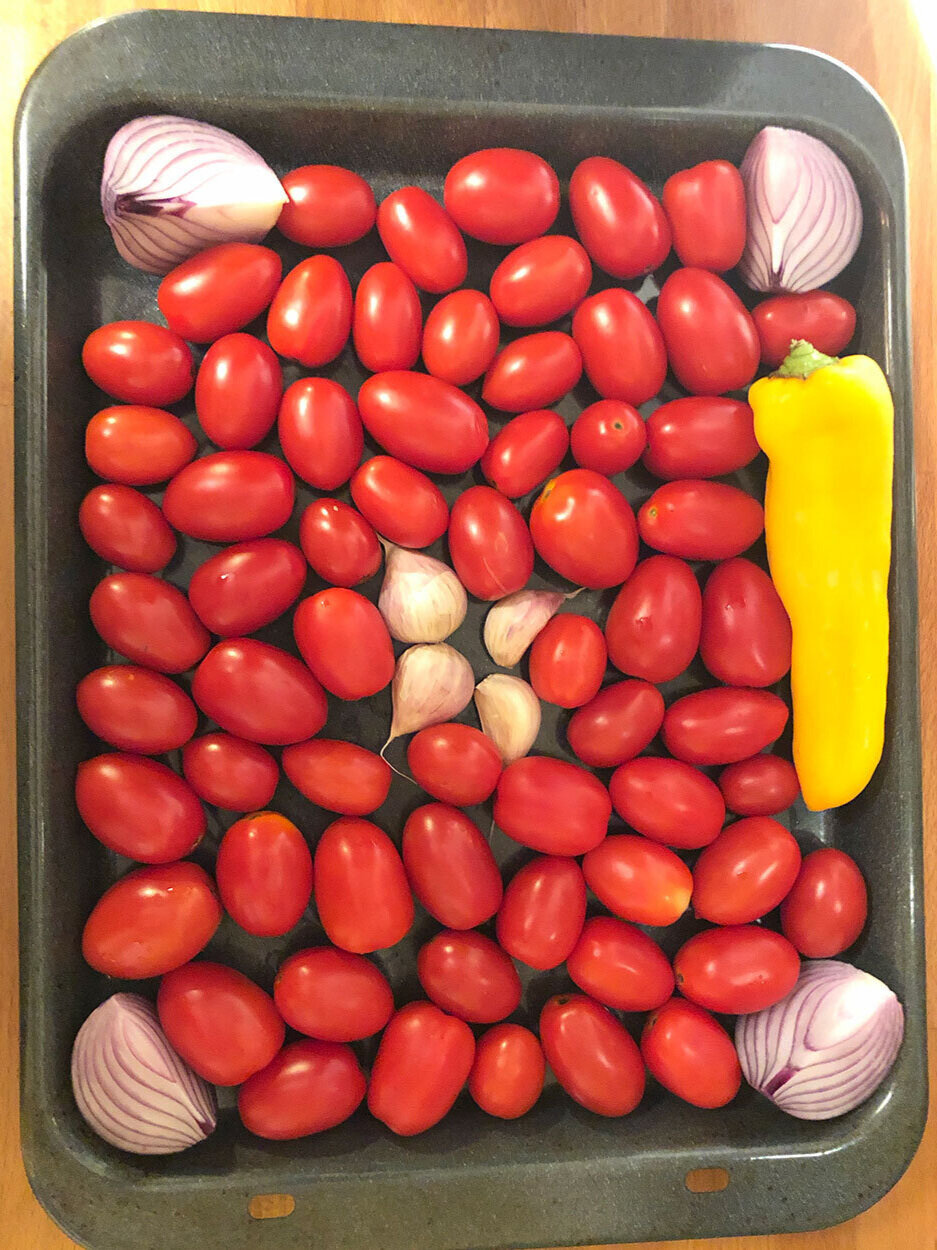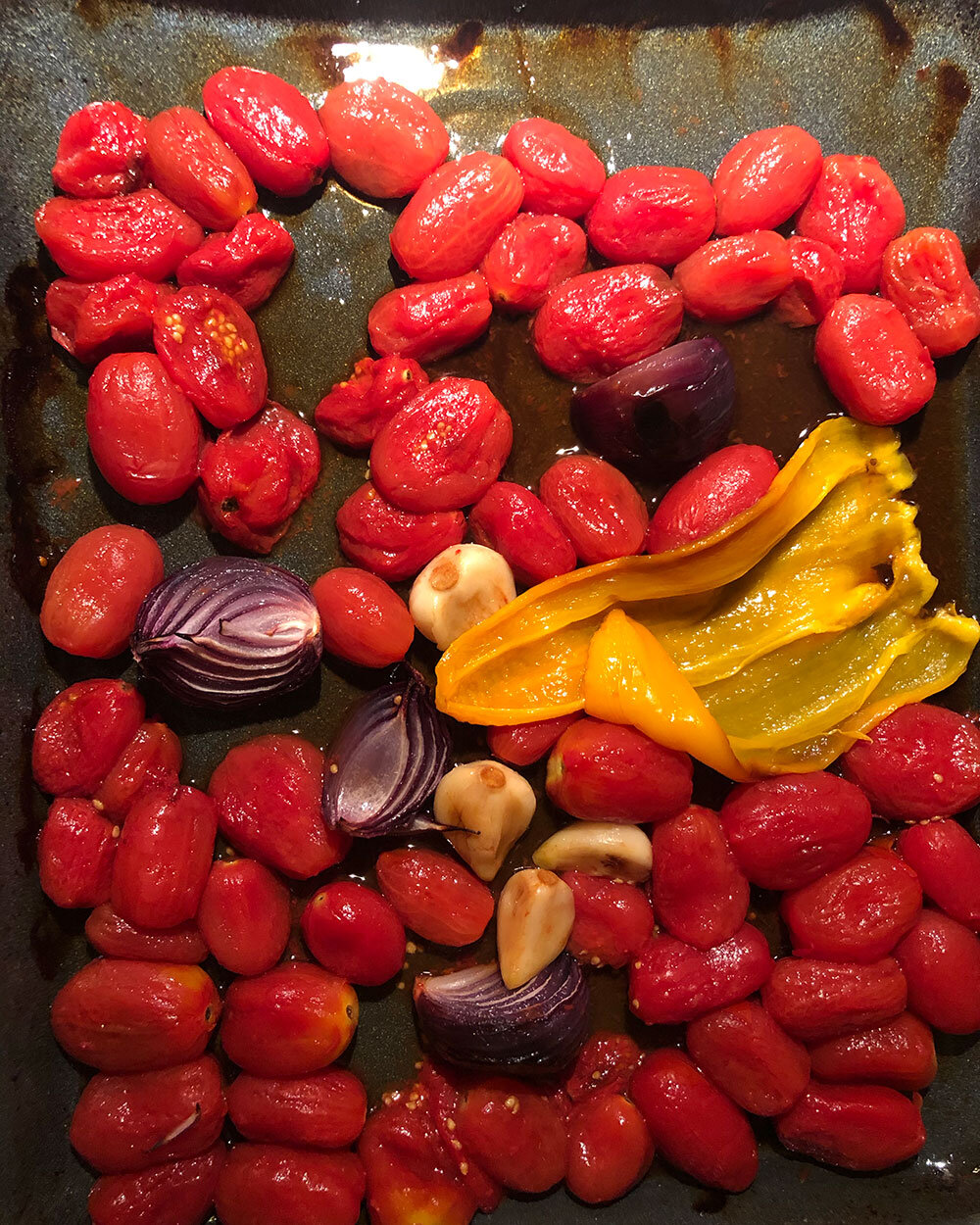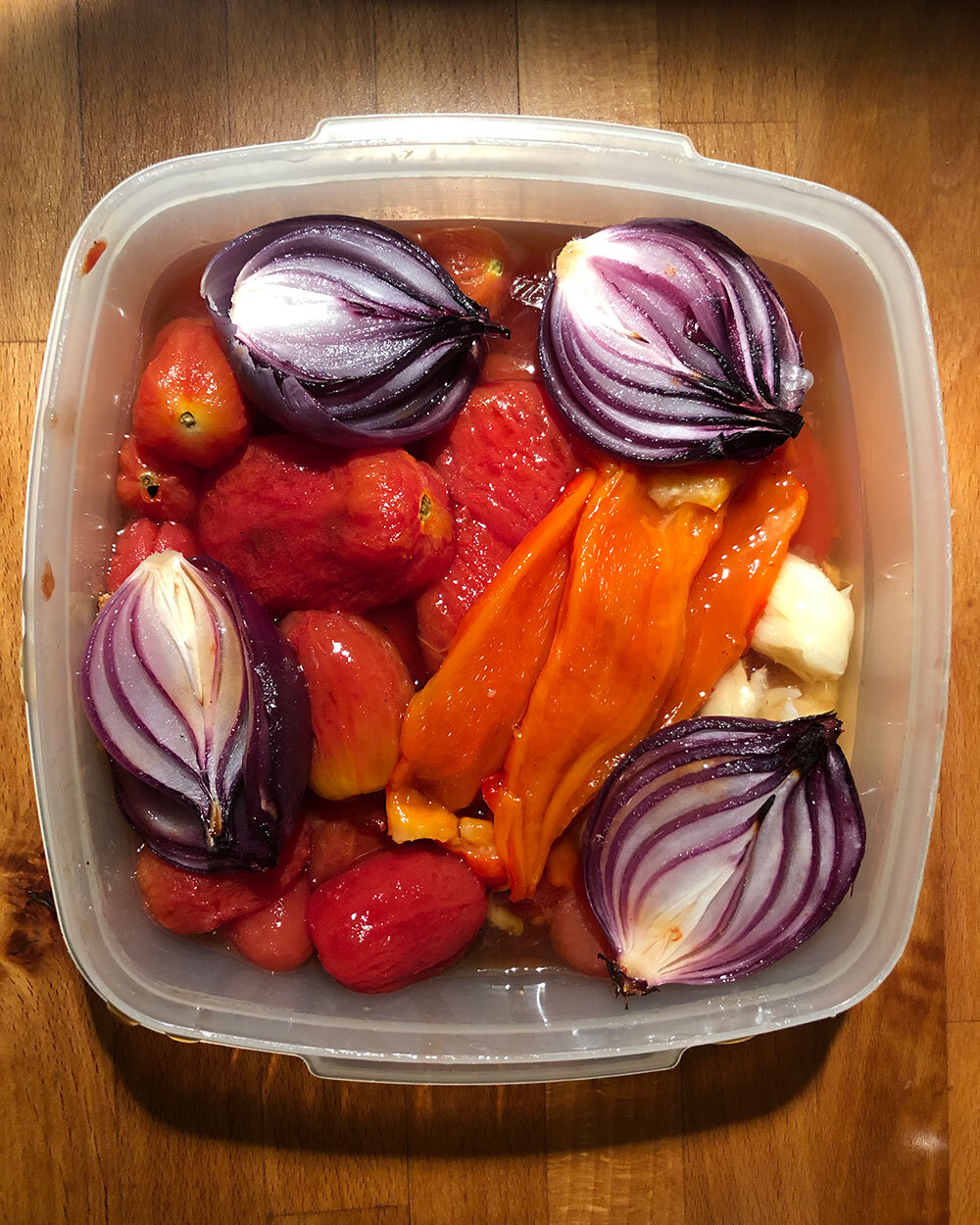Beets are the October Harvest of the Month at PFP!
Make this simple, kid-friendly root vegetable stir fry with a kick of flavor from aromatic Indian curry powder. Before you start cooking, take a mindful moment to breathe and center. Learn about the journey curry took around the world. Finally dive in to prepare and taste test the dish.
Kids love getting their fingers pink from shredding the sweet beets. Be sure to protect your clothes from staining while you cook!
Jump to the end of the video for the complete recipe. Visit our website for more distance learning videos and seasonal recipes.
Companion Video
Learn About Global Beets: https://youtu.be/Wtv8CVVtRxc
Follow us on Social Media
http://instagram.com/poughkeepsiefarm...
http://facebook.com/farmproject
http://twitter.com/farmproject
Get our Educator Newsletter or Monthly Newsletter: http://farmproject.org/home#list-sign-up
Beet Harvest of the Month resource page: http://farmproject.org/beets
More Online Learning with PFP: http://farmproject.org/digital-online...
Donate to support our work: http://farmproject.org/give
Credits:
Close-up Cooking Video by Rob Kissner
Post-Production Editing by Forge Media
Intro Music: “Upbeat Funk Commercial” by GuitarsState
Mindful Moment Music: “Sweet Gentle Piano” by water_lily
Main Music: “Kids Background” by PeacockMusic
Prepara Thoran Indu de Remolacha con Lala M.
La cosecha del mes de octubre en Poughkeepsie son las remolachas!
Haga este sencillo salteado de tubérculos para niñes con un toque de sabor del aromático curry indio en polvo. Antes de comenzar a cocinar, tómese un momento consciente para respirar y centrarse. Aprenda sobre el viaje que hizo el curry alrededor del mundo. Finalmente sumérgete para preparar y probar el plato. Esta receta es una versión adaptada de un plato tradicional, simplificado para cocinar con niñes. Para un auténtico thoran de remolacha, pruebe la receta tradicional de Onam Sadya de Kerala, India.
A les niñes les encanta enrojecerse los dedos al triturar las remolachas dulces. ¡Asegúrate de proteger la ropa de las manchas mientras cocinas!
Salte al final del video para ver la receta completa. Visite nuestro sitio web para ver más videos de aprendizaje a distancia y recetas de temporada.
Video complementario
Más información sobre las remolachas globales con PFP
Auténtica remolacha de Kerala Thoran de Onam Sadya
https://www.cookingandme.com/2013/02/13/kerala-beetroot-thoran-recipe-onam/
Página de la cosecha de remolacha del mes
https://www.farmproject.org/beets
Más aprendizaje en línea con Poughkeepsie Farm Project
https://www.farmproject.org/digital-online-learning
Créditos:
Primer plano de video de cocina de Rob Kissner
Edición de posproducción por Forge Media
Música de introducción: "Upbeat Funk Commercial" de GuitarsState
* detalles de la licencia
Mindful Moment Music: "Sweet Gentle Piano" de water_lily
* detalles de la licencia
Música principal: "Kids Background" de PeacockMusic





